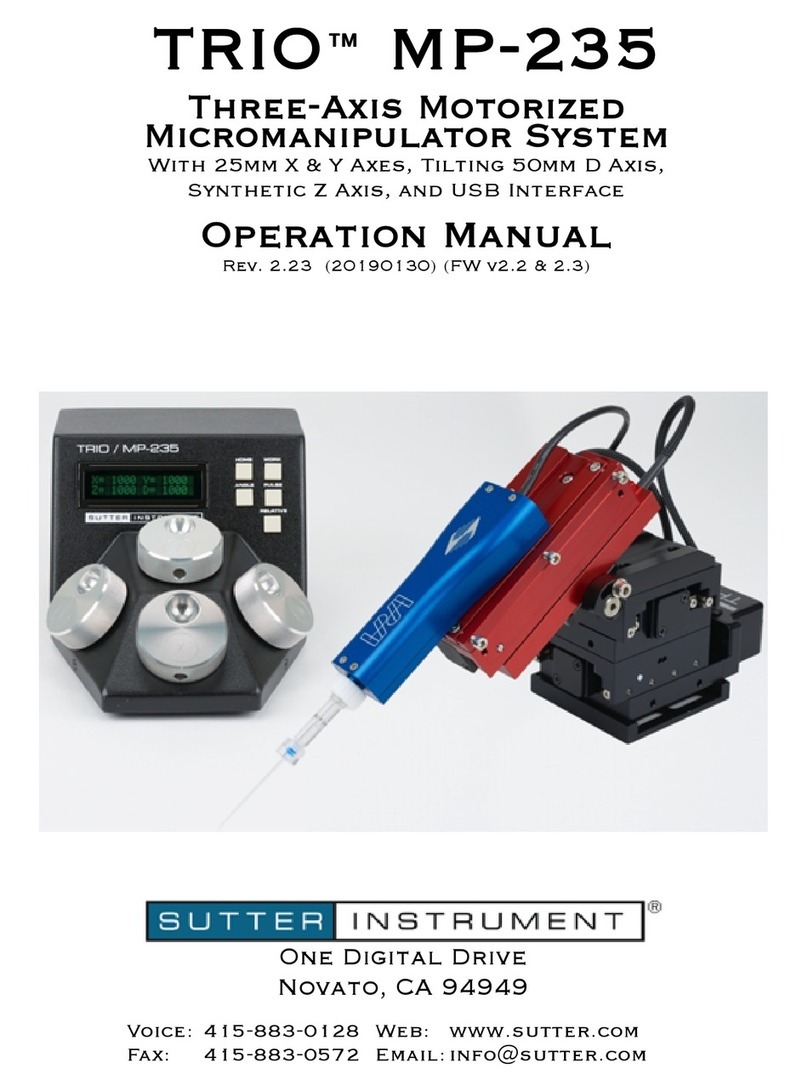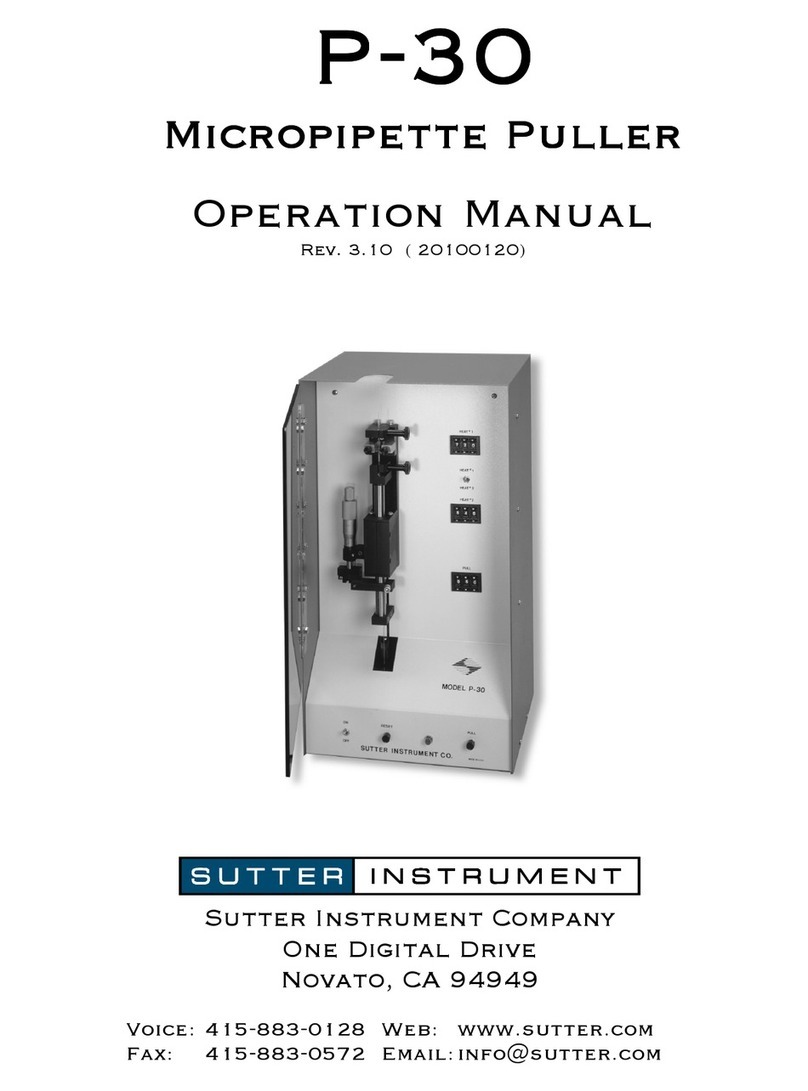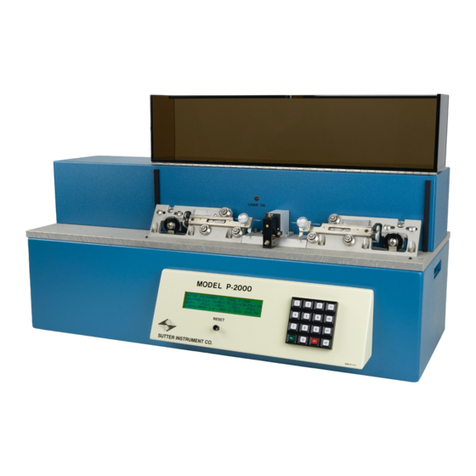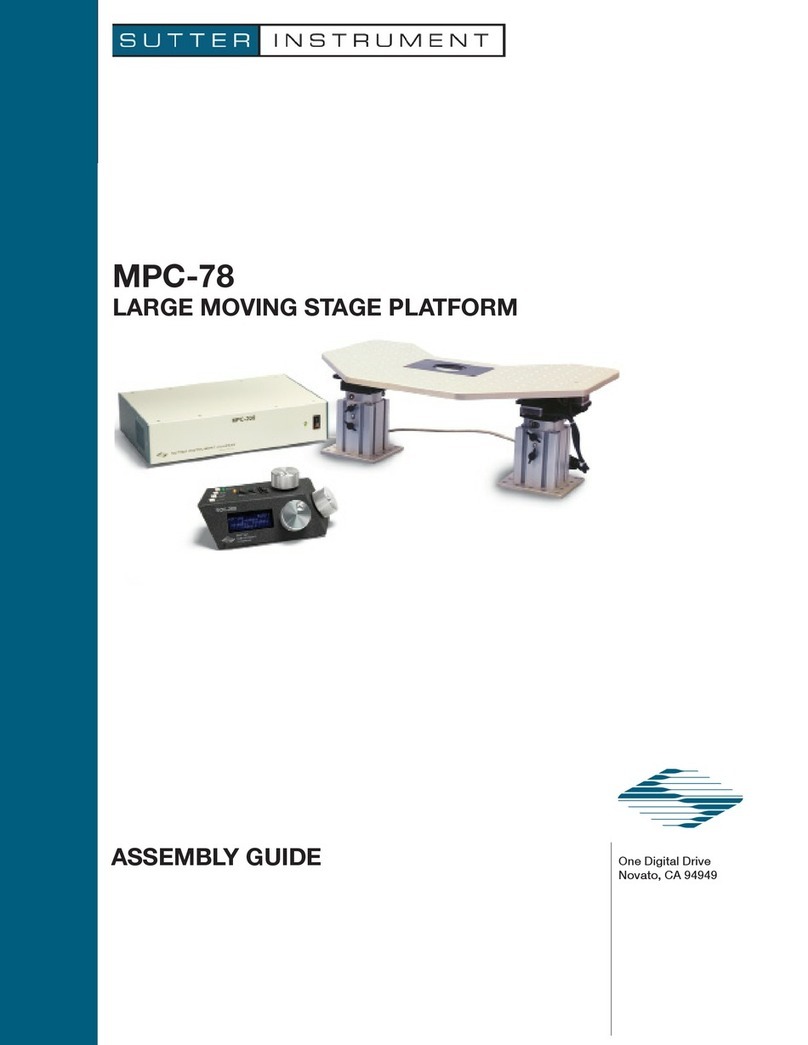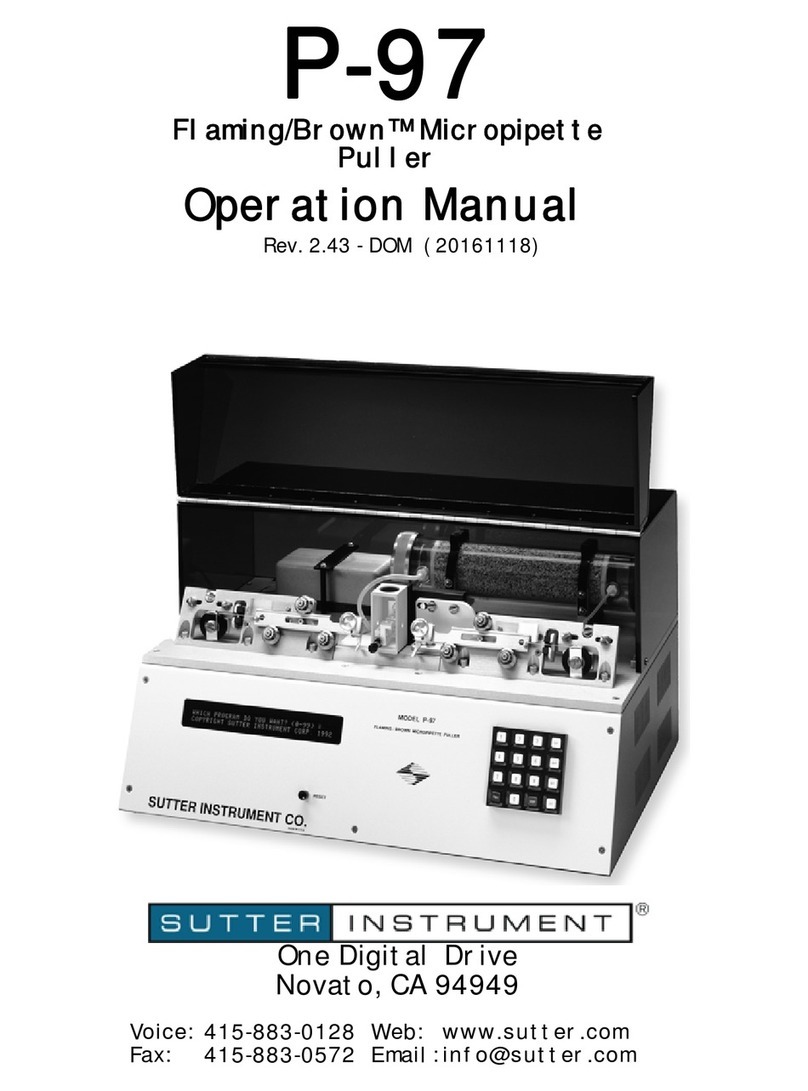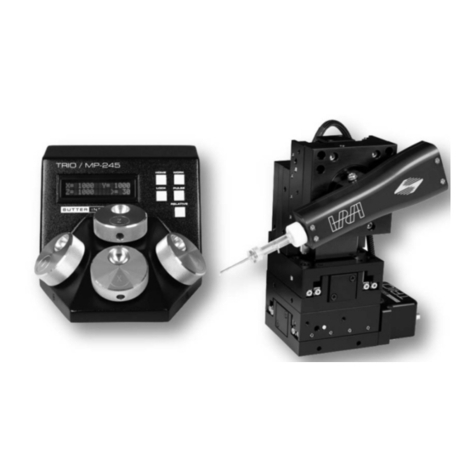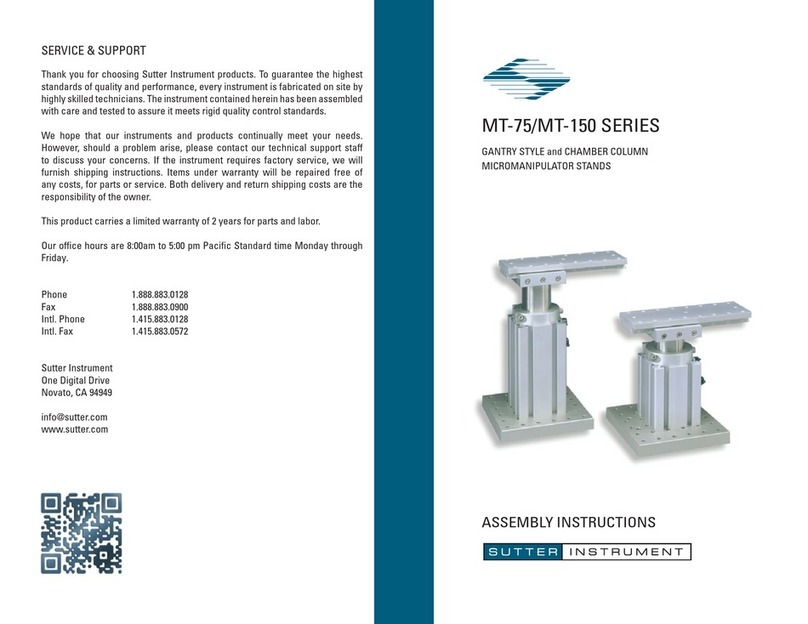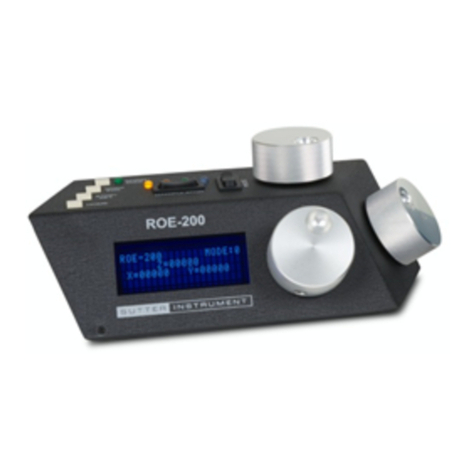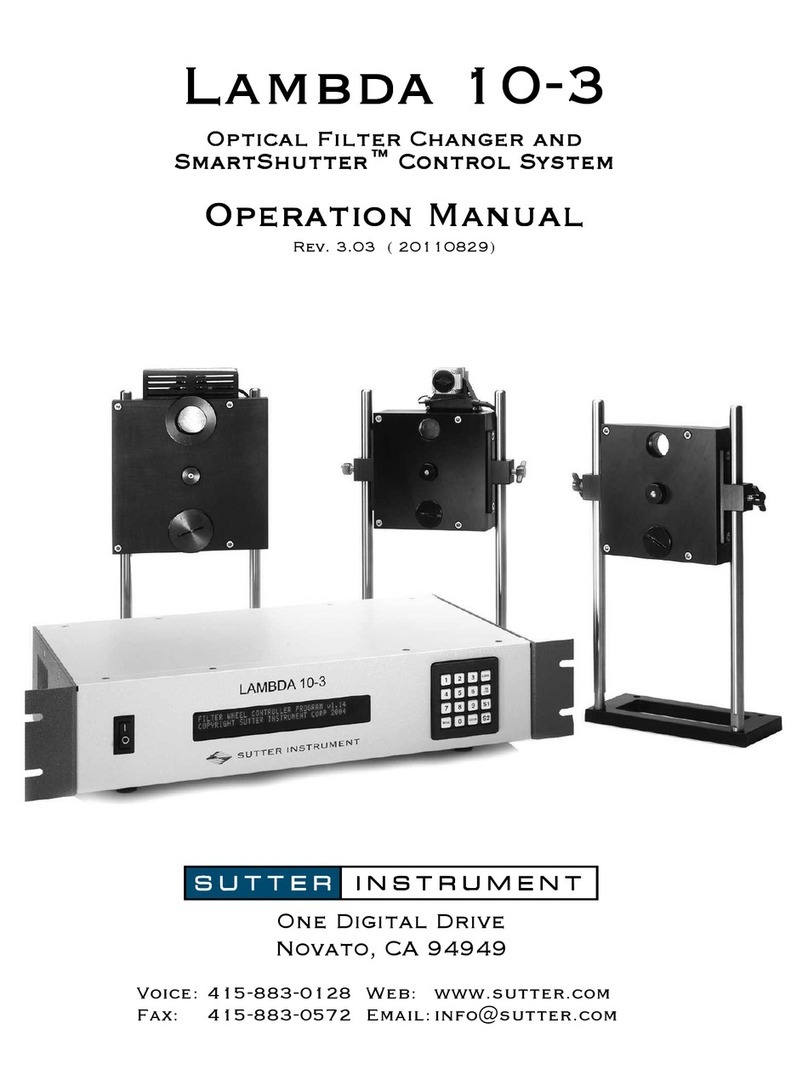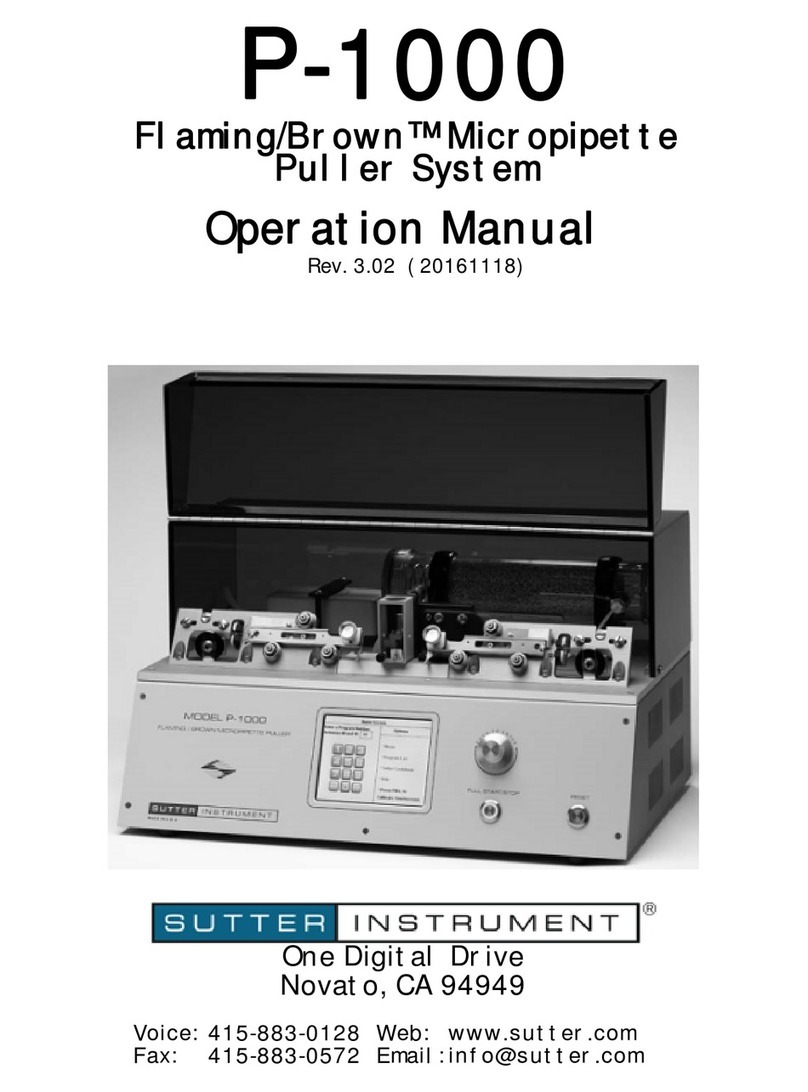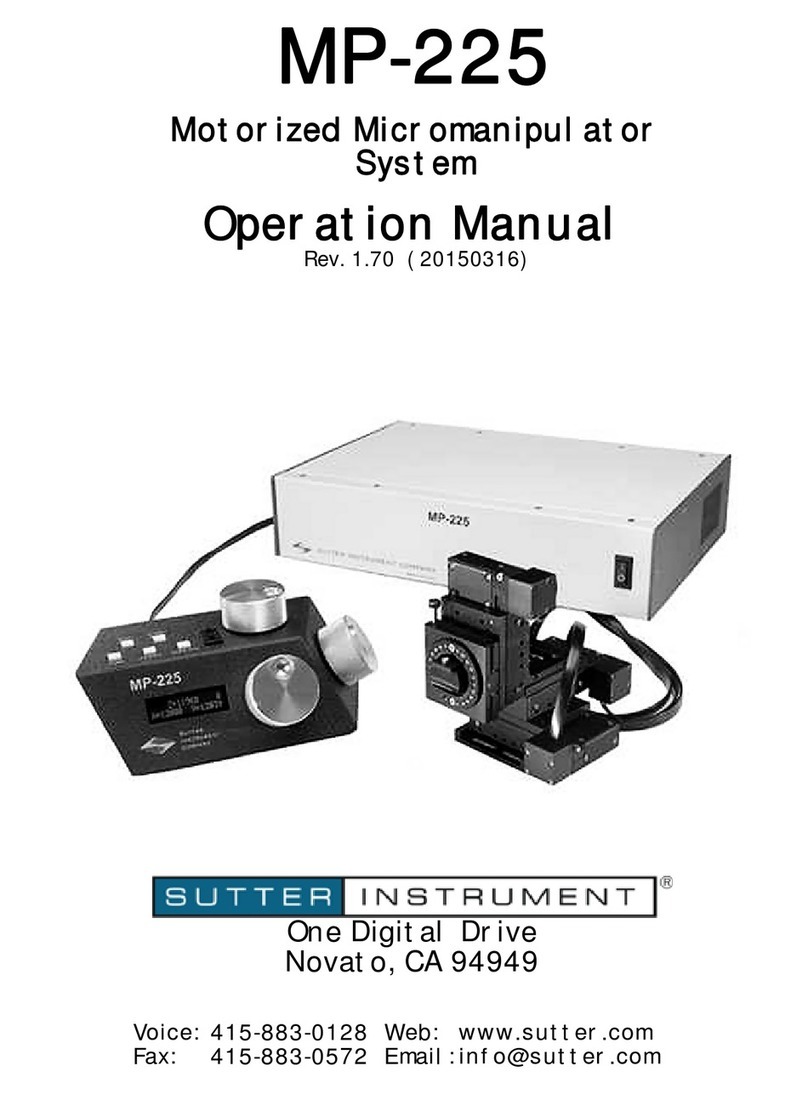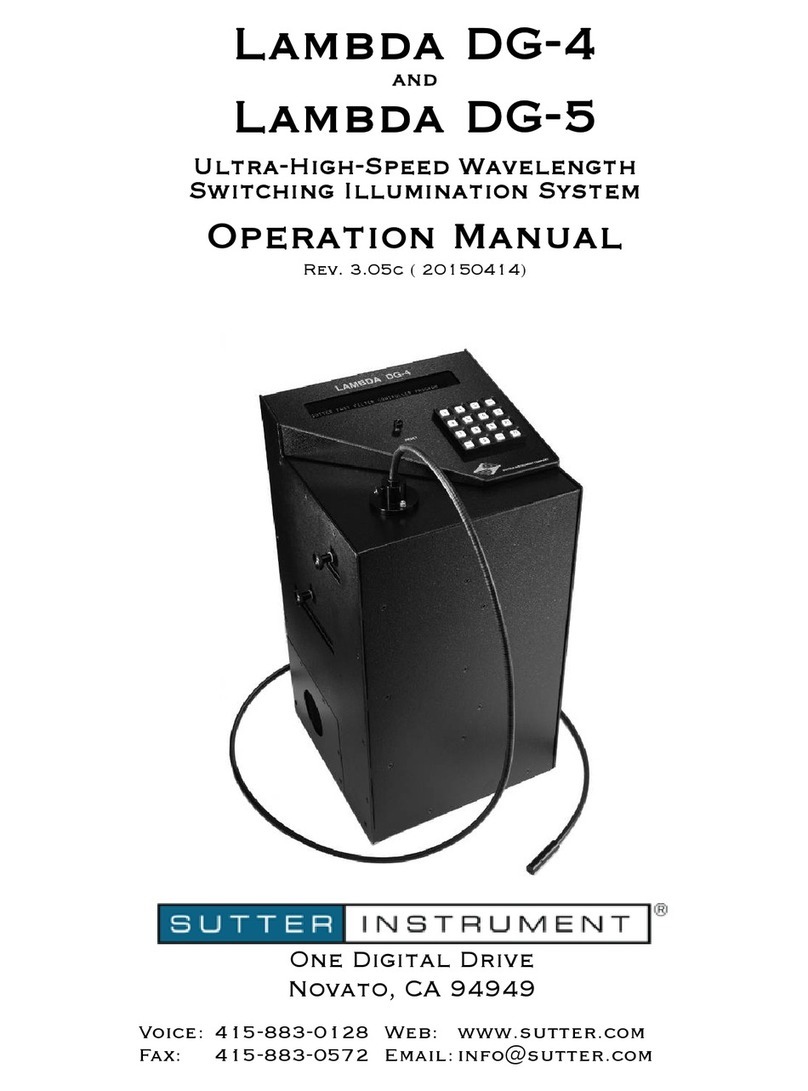
4.10 20141208( )
vii
TABLE OF CONTENTS
DISCLAIMER .........................................................................................................................................iii
SAFETY WARNINGS AND PRECAUTIONS ....................................................................................iii
Electrical .................................................................................................................................................iii
Avoiding Electrical Shock and Fire-related Injury.............................................................................iii
Electromagnetic Interference ...............................................................................................................iv
Operational .............................................................................................................................................iv
Other ........................................................................................................................................................ v
Handling Micropipettes.......................................................................................................................... v
1. GENERAL INFORMATION..............................................................................................................1
1.1 Introduction.......................................................................................................................................1
1.2 About This Manual...........................................................................................................................1
1.3 Technical Support.............................................................................................................................1
1.4 Product Description..........................................................................................................................1
1.4.1 Packing List ................................................................................................................................1
1.4.2 Joystick Controls and Features ................................................................................................2
1.4.2.1 X- and Y-Axis Control .........................................................................................................3
1.4.2.2 Y-Axis On/Off .......................................................................................................................4
1.4.2.3 Z-Axis Control ......................................................................................................................4
1.4.2.4 Joystick Declutch Mechanism............................................................................................4
1.4.2.5 Height Adjustment..............................................................................................................4
1.4.2.6 Joystick Tension Ring.........................................................................................................4
1.4.2.7 ‘Work’ Position ....................................................................................................................5
1.4.2.8 ‘Home’ Position ...................................................................................................................5
1.4.2.9 Speed.....................................................................................................................................5
1.4.2.10 ‘Z-floor’ ...............................................................................................................................5
1.4.2.11 Micropipette Holder Clamp..............................................................................................5
1.4.2.12 Swing Gate .........................................................................................................................6
1.4.3 Additional Features and Functions..........................................................................................6
1.4.3.1 ‘Setup’ ...................................................................................................................................6
1.4.3.2 Axis Polarity.........................................................................................................................7
2. INSTALLATION .................................................................................................................................9
3. OPERATING INSTRUCTIONS......................................................................................................13
3.1 General.............................................................................................................................................13
3.1.1 Moving the Micropipette with the Joystick...........................................................................13
3.1.2 Centering the Micropipette with Respect to the Joystick....................................................13
3.1.3 Setting the Angle of Approach of the Micropipette..............................................................14
3.1.3.1 Microinjection Chamber ...................................................................................................14
3.1.3.2 Applications and Suggested Setups .................................................................................14
3.1.3.3 Micropipette Type .............................................................................................................16
3.1.3.4 Working Distance ..............................................................................................................16
3.1.3.5 Piezo Impact Drive ............................................................................................................16
3.1.4 Memorizing the ‘Work’ Position ............................................................................................16
3.1.5 Using the ‘Home’ Function.....................................................................................................16
XENOWORKS MICROMANIPULATOR SYSTEM (TOUCHDECLUTCH) OPERATION MANUAL – REV.
